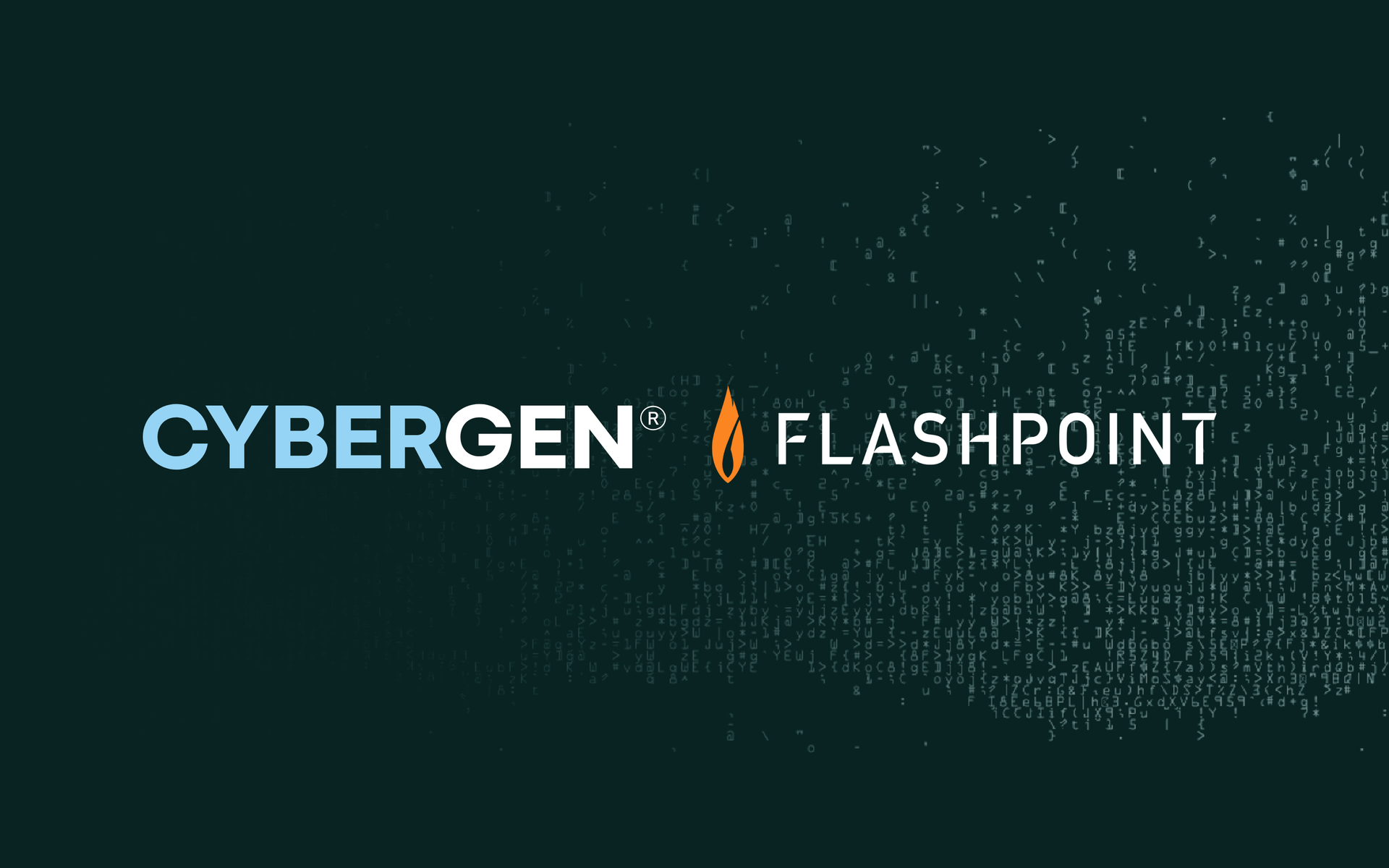Breaking In, Step by Step Exploitation of CVE 2025 XXXX
Introduction
Cybersecurity is evolving rapidly, and so are the threats we face daily. Recently, a critical vulnerability, labelled CVE 2025 XXXX, has captured the attention of the global infosec community. This vulnerability exposes systems to potential breaches if not patched or mitigated. In a time when ransomware groups are growing more aggressive and nation-state threats are becoming increasingly sophisticated, knowing how these exploits work is no longer optional. It is vital.
This blog is designed for IT professionals, penetration testers, system administrators, and businesses looking to bolster their security posture. It walks you through how to safely recreate the CVE 2025 XXXX vulnerability in a lab, how attackers might exploit it, and what you can do to defend against it.
What is CVE 2025 XXXX?
CVE 2025 XXXX refers to a vulnerability discovered in early 2025 affecting a widely deployed enterprise application. In simple terms, it allows an attacker to remotely execute code on a target system without prior authentication. Think of it as someone being able to control your house lights from miles away without a key.
For instance, the flaw might lie in how the application parses user input without proper validation. This allows specially crafted payloads to inject malicious commands, bypassing normal security controls. Vulnerabilities like this matter now more than ever because the attack surface continues to expand with remote work setups, cloud deployments, and increased reliance on third-party applications.
Common Threats or Challenges
In today's threat landscape, ignoring known vulnerabilities, such as the hypothetical CVE-2025-XXXX can lead to significant consequences for organisations of all sizes and sectors. As cyberattacks grow in sophistication and automation, unpatched systems become low-hanging fruit for both opportunistic attackers and advanced threat actors.
One of the most immediate risks of ignoring vulnerabilities is exposure to automated scanning tools and bots. These systems continuously probe the internet for systems running outdated or misconfigured software. Once a vulnerability is detected, attackers often act quickly to exploit it—sometimes within hours of disclosure. This was seen in numerous past incidents where "proof-of-concept" exploits became widely available shortly after a vulnerability's publication, prompting massive scanning campaigns.
Once a vulnerability is successfully exploited, attackers can gain an initial foothold into the network. From this point, a wide range of malicious actions becomes possible:
Ransomware Deployment
Ransomware remains one of the most financially devastating outcomes of a cyberattack. Once a vulnerability is exploited and attackers gain access to critical infrastructure, they may deploy ransomware to encrypt essential data, systems, and backups. The organization is then presented with a ransom demand—often payable in cryptocurrency to obscure the attackers' identity—in exchange for a decryption key. In some cases, attackers also exfiltrate data before encryption, creating a double extortion scenario: pay to recover data or risk it being leaked or sold. The downtime caused by ransomware can cripple operations, especially in sectors such as healthcare, manufacturing, or logistics, where time-sensitive systems are vital. Even if the ransom is paid, there is no guarantee that full recovery is possible, or that attackers haven’t left behind backdoors for future access.
Data Exfiltration
Data exfiltration involves the unauthorized transfer of sensitive information from an organisation’s network to an external destination. Attackers may target personally identifiable information (PII), intellectual property, financial records, or internal communications. This type of breach can go undetected for weeks or even months, especially if the attackers are skilled at covering their tracks. The implications of data exfiltration are severe: beyond the operational impact, organizations may face regulatory fines under laws such as GDPR, HIPAA, or CCPA. Moreover, the reputational damage from a publicized breach can erode customer trust, investor confidence, and market position. In some industries, losing sensitive data to a competitor or foreign actor could also have national security or economic implications.
Privilege Escalation
Privilege escalation is a technique used by attackers to gain higher-level access within a compromised environment. Initially, attackers may gain access through a low-privilege user account or vulnerable service. From there, they exploit flaws, such as misconfigured permissions or known privilege escalation bugs to increase their control. This often includes gaining administrator or root access, which allows them to disable security controls, harvest credentials, and access sensitive areas of the network. One of the main dangers is lateral movement, where attackers hop between systems to locate valuable data or access domain controllers. If not detected early, this can lead to complete domain compromise, giving attackers full control over the organisation’s network and resources.
Persistence Mechanisms
Sophisticated threat actors often deploy persistence mechanisms to maintain long-term access within a victim’s network. These mechanisms can include scheduled tasks, rogue user accounts, startup scripts, registry changes, or even firmware-level implants. Advanced persistent threats (APTs) may also install custom backdoors or rootkits, making detection extremely difficult. The goal is to survive system reboots, credential resets, and even security updates, allowing the attacker to return at will.
Persistence ensures that attackers can continue their activities, whether that involves espionage, data theft, or preparing for a larger ransomware event, without needing to re-exploit the original vulnerability. For defenders, detecting and removing all traces of persistence often requires a full forensic investigation and, in some cases, system reimaging.
Log4Shell
A concrete historical example that underscores these risks is the CVE-2021-44228 vulnerability, commonly known as Log4Shell. This critical flaw in the Log4j logging library allowed remote code execution (RCE) by sending specially crafted strings to vulnerable systems. Once exploited, attackers used it to:
- Drop reverse shells for command execution
- Bypass security controls
- Establish persistent backdoors
- Move laterally across enterprise networks
The severity of Log4Shell was compounded by the widespread use of Log4j in Java-based applications, many of which were deeply embedded in legacy systems. Organisations across healthcare, finance, education, and government sectors were affected, resulting in one of the most far-reaching and urgent patching efforts in cybersecurity history.
The fictional CVE-2025-XXXX, as referenced, could carry similar levels of risk. Especially dangerous are cases where:
- The affected systems are publicly accessible from the internet
- The vulnerability enables remote code execution or privilege escalation
- No authentication is required to exploit the flaw
- The organisation lacks proper network segmentation or monitoring tools
In such scenarios, the probability of compromise increases exponentially. Even when patches exist, organisations often face operational challenges that delay their deployment, such as compatibility concerns, lack of testing environments, or understaffed IT teams. These delays create an exploitable window for attackers.
Another challenge is the false sense of security created by traditional perimeter defences. Firewalls and antivirus software alone are not sufficient to detect or prevent exploitation of sophisticated vulnerabilities. Attackers are increasingly employing fileless malware, living-off-the-land techniques, and legitimate admin tools like PowerShell to evade detection.
These tactics require advanced behavioural analysis tools, such as Endpoint Detection and Response (EDR) or Security Information and Event Management (SIEM) systems, to uncover.
Organisations also struggle with vulnerability prioritisation. With hundreds or even thousands of vulnerabilities discovered each year, determining which ones to patch first becomes overwhelming. Threat intelligence and risk-based vulnerability management solutions are crucial in this area, helping security teams focus on vulnerabilities that are both critical and actively exploited in the wild.
Moreover, third-party software and supply chain components present unique challenges. Many organisations use off-the-shelf or open-source components that may contain unpatched vulnerabilities. Without rigorous Software Bill of Materials (SBOM) tracking and monitoring, these hidden risks can go unnoticed for months or years.
Cloud environments introduce additional threats. Misconfigured cloud storage buckets, exposed APIs, and insufficient access controls can all be exploited if a cloud-based service uses vulnerable components. Attackers increasingly target hybrid environments, using vulnerabilities in one area (e.g., on-premises systems) to compromise assets in another (e.g., cloud workloads).
Compounding all of these challenges is the lack of cybersecurity awareness across non-technical staff. Social engineering tactics such as phishing are still common entry points, and when combined with unpatched systems, the results can be catastrophic. For instance, an attacker might trick a user into clicking a malicious link that exploits a browser vulnerability, providing access to a broader corporate network.
In conclusion, the threats and challenges surrounding software vulnerabilities are multi-faceted and evolving. Ignoring or delaying the remediation of critical vulnerabilities like CVE-2025-XXXX invites severe risks ranging from operational disruption to complete data loss.
Organisations must treat vulnerability management not as a checkbox activity but as a continuous, prioritised, and well-integrated aspect of their overall cybersecurity posture.
To combat these threats effectively, organisations should:
- Maintain real-time visibility into all assets and their patch status
- Integrate threat intelligence into vulnerability management
- Continuously scan, test, and prioritise vulnerabilities
- Automate patching wherever feasible
- Conduct regular security training and incident simulations
By addressing these common challenges head-on, organisations can significantly reduce their risk and build resilience against modern cyber threats.
Best Practices and Solutions to Reduce Risk from Software Vulnerabilities
To effectively reduce the risk posed by software vulnerabilities, organisations must adopt a proactive and layered approach to security. This process begins by identifying whether affected software versions are in use within the organisation’s environment. This can be achieved through comprehensive asset inventory and configuration management, ensuring visibility over all software and systems in operation.
Regular vulnerability scanning is critical. Tools such as Nessus, OpenVAS, and Qualys help detect known vulnerabilities across networks and applications. These tools should be run on a routine basis, ideally weekly or after significant changes, to ensure emerging threats are promptly identified.
Upon identifying vulnerable software, the immediate application of vendor-issued patches is vital. If patches are not yet available, organisations should apply recommended mitigations or temporary workarounds provided by vendors. It's essential to monitor threat intelligence feeds for updates related to zero-day exploits and vulnerabilities in widely used software stacks.
Organisations are encouraged to establish a dedicated penetration testing lab. This controlled environment enables security teams to safely simulate attacks and test mitigation strategies without risking live infrastructure. Solutions such as VirtualBox, VMware, or cloud-based test environments (AWS, Azure, GCP) can be configured to mirror production setups. Tools like Kali Linux, Metasploit, and Burp Suite are essential for identifying and exploiting potential weaknesses in applications and networks, allowing for more accurate assessment of real-world risk.
Adopting frameworks such as Cyber Essentials, NIST Cybersecurity Framework (CSF), or ISO/IEC 27001 can provide organisations with structured guidance on patch management, incident response, and security best practices. These frameworks promote a risk-based approach to cybersecurity, helping organisations align their security posture with industry standards.
A strict patch management schedule should be enforced. Automated patch deployment tools can help reduce the time between vulnerability disclosure and remediation. Meanwhile, Endpoint Detection and Response (EDR) solutions provide real-time visibility into endpoint activities and can detect signs of active exploitation, such as suspicious process execution or privilege escalation attempts.
Web Application Firewalls (WAFs) offer another layer of defence, particularly for public-facing applications. A properly configured WAF can help block exploitation attempts against known vulnerabilities by filtering malicious HTTP traffic.
Another foundational principle is least privilege access. Users and applications should only be granted the minimum permissions necessary to perform their tasks. This limits the blast radius of any successful exploitation, reducing the attacker’s ability to move laterally within a network.
Regular security awareness training for employees also plays a crucial role in reducing human error, which often contributes to successful attacks. Additionally, having an up-to-date incident response plan ensures the organisation is prepared to respond swiftly and effectively to security incidents, minimising downtime and data loss.
In summary, reducing risk from software vulnerabilities requires a blend of technological defences, procedural rigour, and a security-aware culture. By combining vulnerability management, robust testing, timely patching, and sound governance practices, organisations can significantly lower their exposure to cyber threats.
The Cybergen Approach
Cybergen provides comprehensive penetration testing services that simulate real-world attacks like CVE 2025 XXXX exploitation. With expert-led testing, detailed reporting, and actionable mitigation strategies, we help you stay ahead of threats.
Our services include lab simulation environments, training for internal security teams, and ongoing vulnerability monitoring. By partnering with Cybergen, you empower your organisation to be proactive rather than reactive.
We do not just show you the problem. We equip you with tools, guidance, and ongoing support to solve it.
Summary
Understanding how CVE 2025 XXXX works is crucial in defending against it. By learning the exploit step by step, setting up a safe environment, and applying best practices, you can dramatically reduce your risk.
Cybergen is here to support you with expert services, tools, and knowledge. Do not wait for a breach to happen. Take control of your cybersecurity today.
Ready to strengthen your security posture? Contact us today for more information on protecting your business.
Let's get protecting your business
Thank you for contacting us.
We will get back to you as soon as possible.
By submitting this form, you acknowledge that the information you provide will be processed in accordance with our Privacy Policy.
Please try again later.








